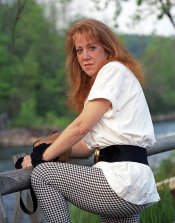Mainecoonmaniac
Member
- Joined
- Dec 10, 2009
- Messages
- 6,297
- Format
- Multi Format
You're correct Sir
Yes I meant field or angle of view. And yes, 35mm is slightly wider than 6x7 format. It's just an approximation.
You mean field or angle of view, not perspective. Perspective depends solely upon one's point or position of view, regardless of format and focal length. Also, since the aspect ratio of 35mm is 3:2 and the aspect ratio of 6x7 is 7:6, focal length/field of view comparisons don't really work.
I'm not really sure what the OP is asking.
Yes I meant field or angle of view. And yes, 35mm is slightly wider than 6x7 format. It's just an approximation.








